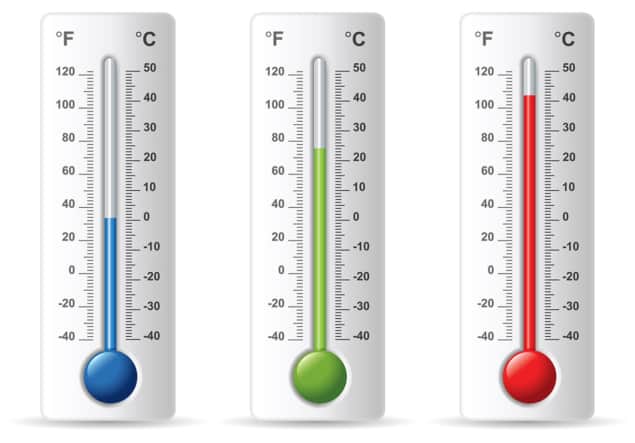
On the nanoscale, objects warm up faster than they cool down. That is the surprising conclusion of Alessio Lapolla and Aljaž Godec at the Max Planck Institute of Biophysical Chemistry in Germany, who have predicted this asymmetry using mathematical models of confined nanoparticles.
One basic assumption in thermodynamics is that an object that is either hotter or colder than its surrounding environment will cool down or heat up, respectively, at the same rate. So, an object that is slightly warmer than room temperature will reach room temperature at the same time as an identical object that started slightly below room temperature.
Lapolla and Godec tested this principle in their study using a mathematical model of a tiny nanoparticle trapped inside a one-dimensional box. As the particle undergoes Brownian motion, its position is mapped using a probability distribution – which peaks at the centre of the box, where the particle is most likely to be found. Since Brownian motion increases with temperature, the duo predicted that heating should cause the probability distribution to spread out during heating, and become narrower during cooling. However, this was not expected to result in a difference in how hot and cold particles reached equilibrium with their surroundings.
Off the walls
Contrary to expectations, however, Lapolla and Godec observed that warmer particles took longer to cool down than cooler objects did to warm up. To explain this asymmetry, the duo suggests that the more dynamic motion of a warmer particle means that it bounces off the walls of the box more often. As a result of this bouncing, the warm particle tends to drift towards the centre of the box more readily. This counteracts the spreading out due to Brownian motion – thereby narrowing the particle’s probability distributions to the centre of the box. In contrast, this bouncing became less pronounced at cooler temperatures. With less opposition to their Brownian motions, colder particles could relax to their equilibrium states more readily than their warmer counterparts.

When cold warms faster than hot
Lapolla and Godec believe their results will improve our understanding of temperature changes in nanoscale systems. It could also provide fresh insights into phenomena like the Mpemba effect – whereby water appears to freeze more quickly when its starting temperature is warmer. The duo now hope to verify their results through practical experiments, which could be carried out relatively easily by confining particles within optical traps. The insights gained through these studies could also help to improve efficiency in devices including micromotors and heat pumps.
The research is described in Physical Review Letters.



